Dominate the penalty area and rebounds! Only 5 players in NBA history can be called the inside line
9:04pm, 1 June 2025Basketball
Rebound is the lifeline of basketball, especially defensive rebounds, which directly kill the opponent's second offense and lay the foundation for counterattack. In the long history of the NBA, there are always some inside monsters. They are not only tall, but also rely on their precise prediction of rebounding points, tough skills in positioning and never giving up fighting will to build an "inside iron wall" that makes their opponents desperate.
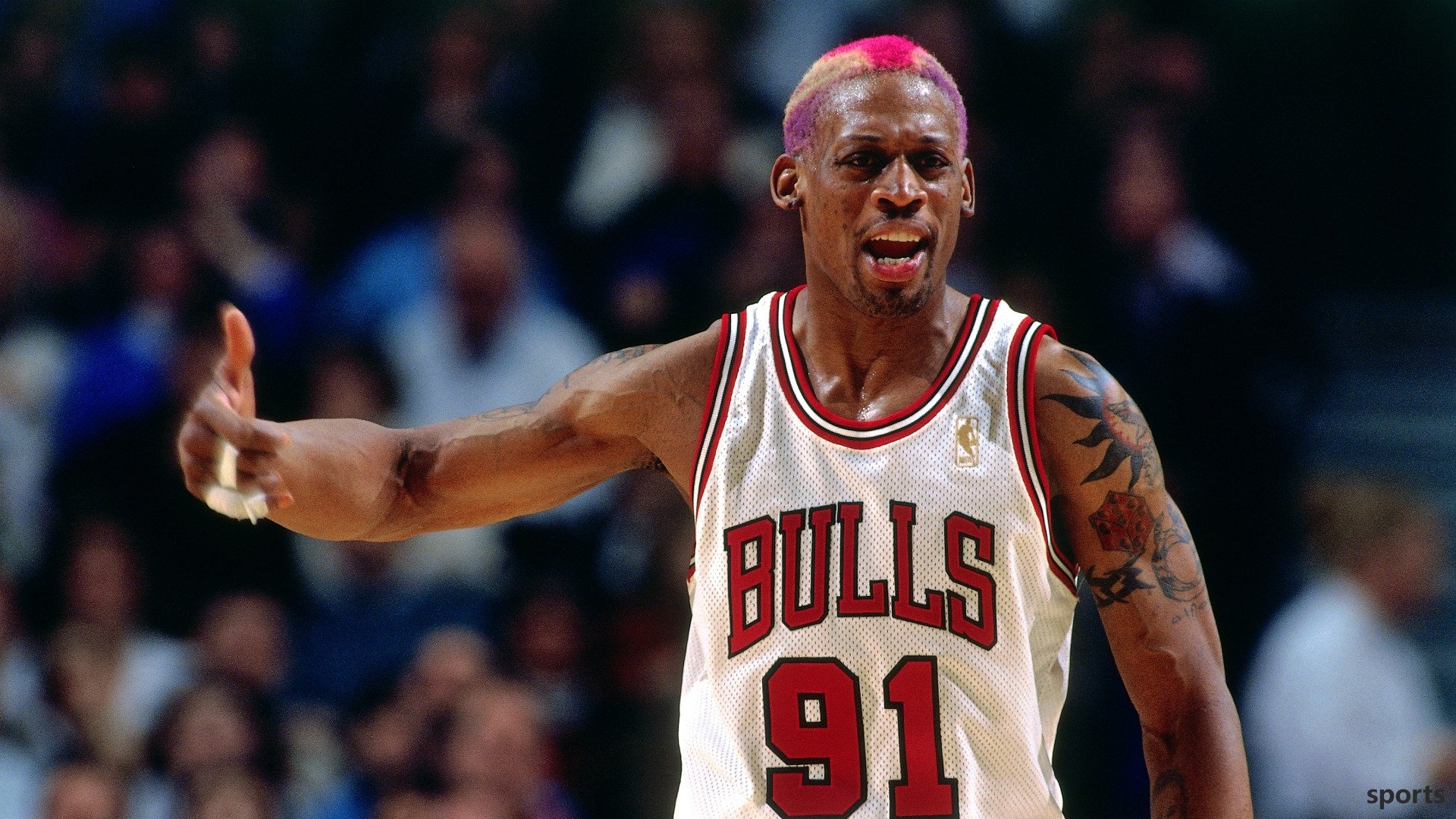
Fifth place: Tim Duncan
Average of 10.8 rebounds in his career and 15,091 total rebounds in his career. In his 19-year career, his team has always ranked among the top in the league in defensive rebounding rates and is the core pillar of the Spurs' defensive system. In the 2003 Finals against Nets G6, he grabbed 20 defensive rebounds by himself.
Duncan's rebounding dominance stems from his unparalleled sense of defensive position and solid basic skills. He is well aware of the principle of "stop first, jump second", and can always occupy a favorable position in advance and use his generous body to block his opponent behind him. He has excellent continuous jumping ability and first-class rebounding skills. More importantly, he has a strong sense of responsibility for team defensive rebound protection, directing teammates to get in position and ensuring control of backcourt rebounds. Its defensive rebounds provide a solid foundation for the Spurs' solid offensive and defensive transformation.
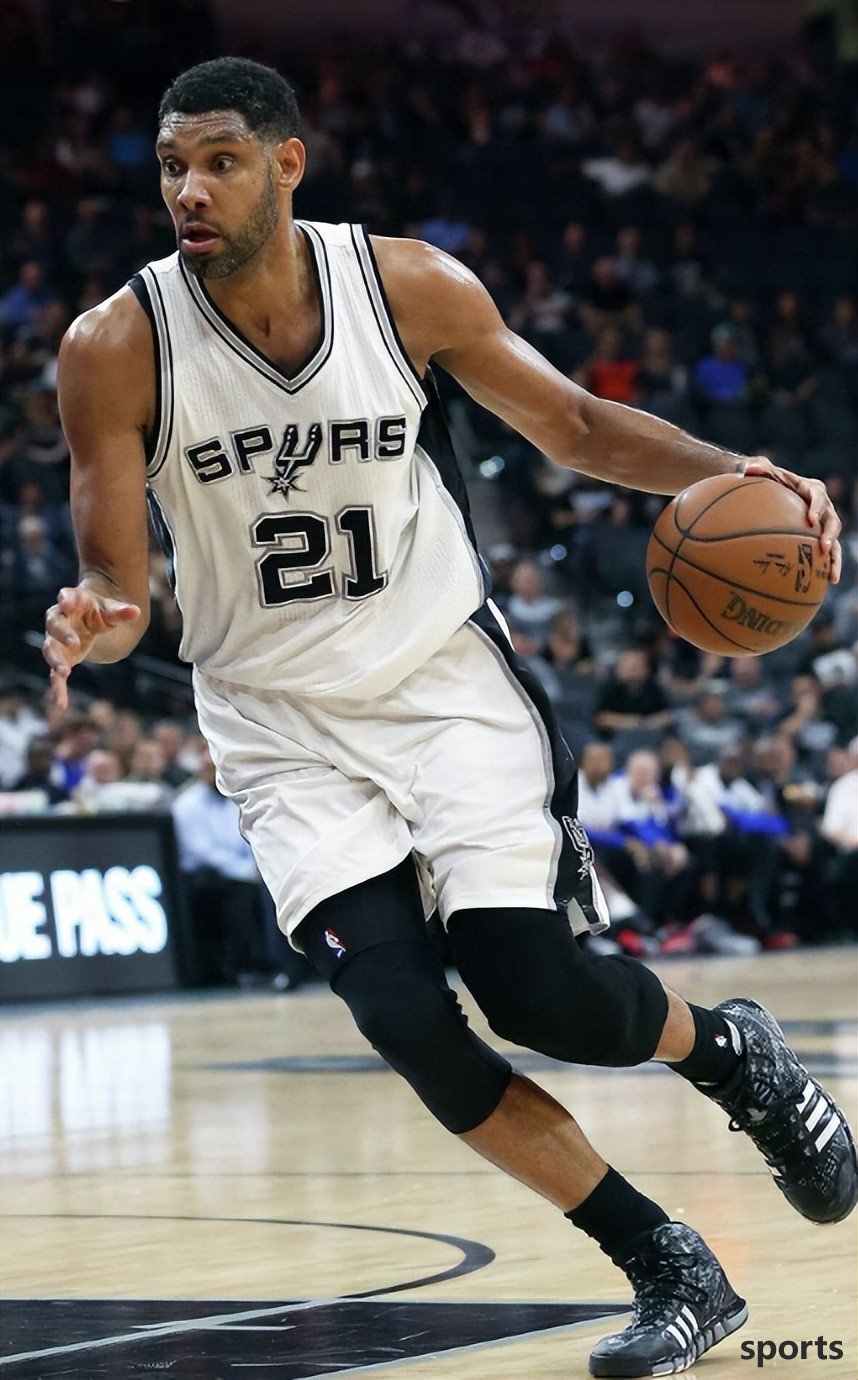
4th place: Dwight Howard won the rebounding champion in his five career times, and averaged 14.5 rebounds per game in his peak season. He has 14,627 rebounds in his career, ranking fourth in defensive rebounds in history. The record for the highest defensive rebounds in a single game is 26.
Peak Howard is a pure rebounding beast, relying on historic top bounce, explosive power and continuous bounce ability to dominate the penalty area. His rebounding area is huge, and it is extremely aggressive whether it is grabbing or directly grabbing. During the Magic period, he was the core guarantee of the "one-star four-shot" system, one person supporting the inside defense and rebounding, clearing the worries of the outside shooter group. His defensive rebounds can often directly launch a quick counterattack. Although the movement ability is reduced in the later stage, the rebound protection is still online with experience and position awareness.
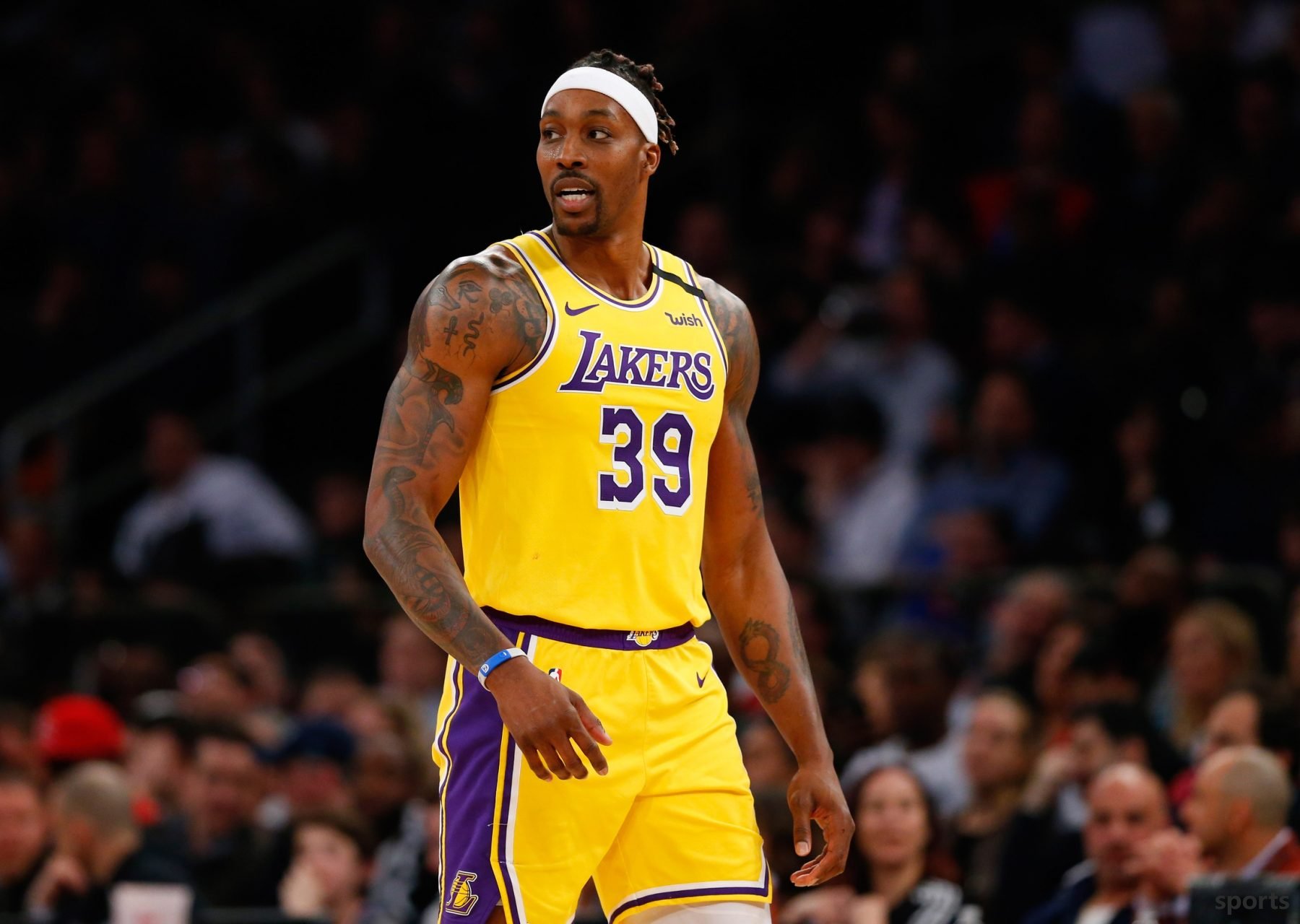
Third place: Hakeim Olajuwon averaged 11.1 rebounds per game in his career and 13,748 total rebounds in his career. The historical block king, whose blocks often turn into teams' defensive rebounding opportunities. In the 1994 Finals against the Knicks G7, he contributed 25 points, 10 rebounds, 7 assists and 3 blocks, leading the team to win the championship.
Da Meng's rebounding ability is an extension of his dream steps and top defense. He has the flexibility and coordination of defenders, combined with his extra-long wingspan, giving him an advantage in point grabbing and rebounding. He has a strong predictive ability and can accurately judge the landing point after a missed shot. On the defensive end, his block deterrence forces the opponent to change the shooting angle, increasing the predictability of rebounding points, and creating favorable conditions for himself and his teammates to compete for defensive rebounds. His rebounding is an important part of the Rockets' defense during the two consecutive championships.

Second place: Bill Russell averaged 22.5 rebounds per game in his career. Considering that the number of rounds at that time and the offensive and defensive rebounds was not divided, his defensive rebound dominance was unquestionable. The core cornerstone of the 11-time career championship. The highest rebounds in a single game are 51.
Russell defined what is defensive wins the championship. He is the greatest defensive center and team defender in basketball history. His rebounding ability is at the heart of his blocking and team defense philosophy. He has top bounces, continuous jumping ability and an incredible sense of rebounding. Not only does he catch the rebound by himself, he is better at dialing the ball accurately to teammates with better positions through the tips and launching a counterattack quickly. He sees defensive rebounds as the horn for the end of the defensive round and the start of the offense, and his control of defensive rebounds is the foundation of the Celtic dynasty.
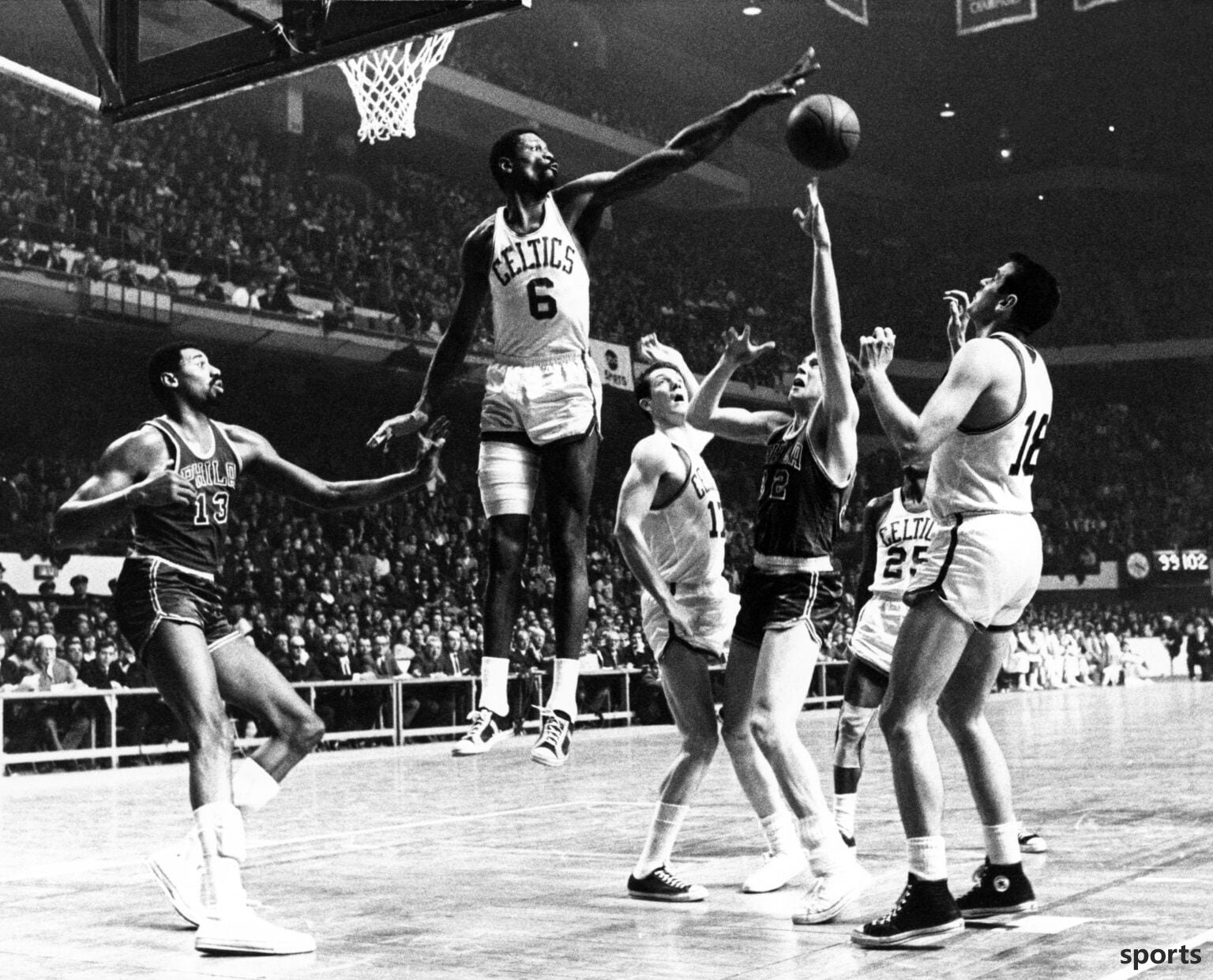
Top: Dennis Rodman won the rebounding champion seven times in his career, for 7 consecutive years! He averaged 13.1 rebounds per game in his career, although he was only 2.01 meters tall. His career rebounding rate is at the top level in history, especially his defensive rebounding rate. During the Bulls' second three-game winning streak, it was the absolute guarantee of the team's defense and rebounding.
Rodman is the embodiment of rebounding art. He gave up scoring and devoted all his energy to rebounding. His prediction of the rebounding point reached an almost paranoid and accurate level, as if he could understand the ball's rotation and the rebound of the basket. His positioning skills have reached the pinnacle, using the strength of the lower limbs and hips to resist the opponent, no matter how big the opponent is. His ability to continuously jump and his ability to adjust his body to control the ball in the air. He grabbed the rebound with a crazy obsession and aggressiveness of "this is mine."
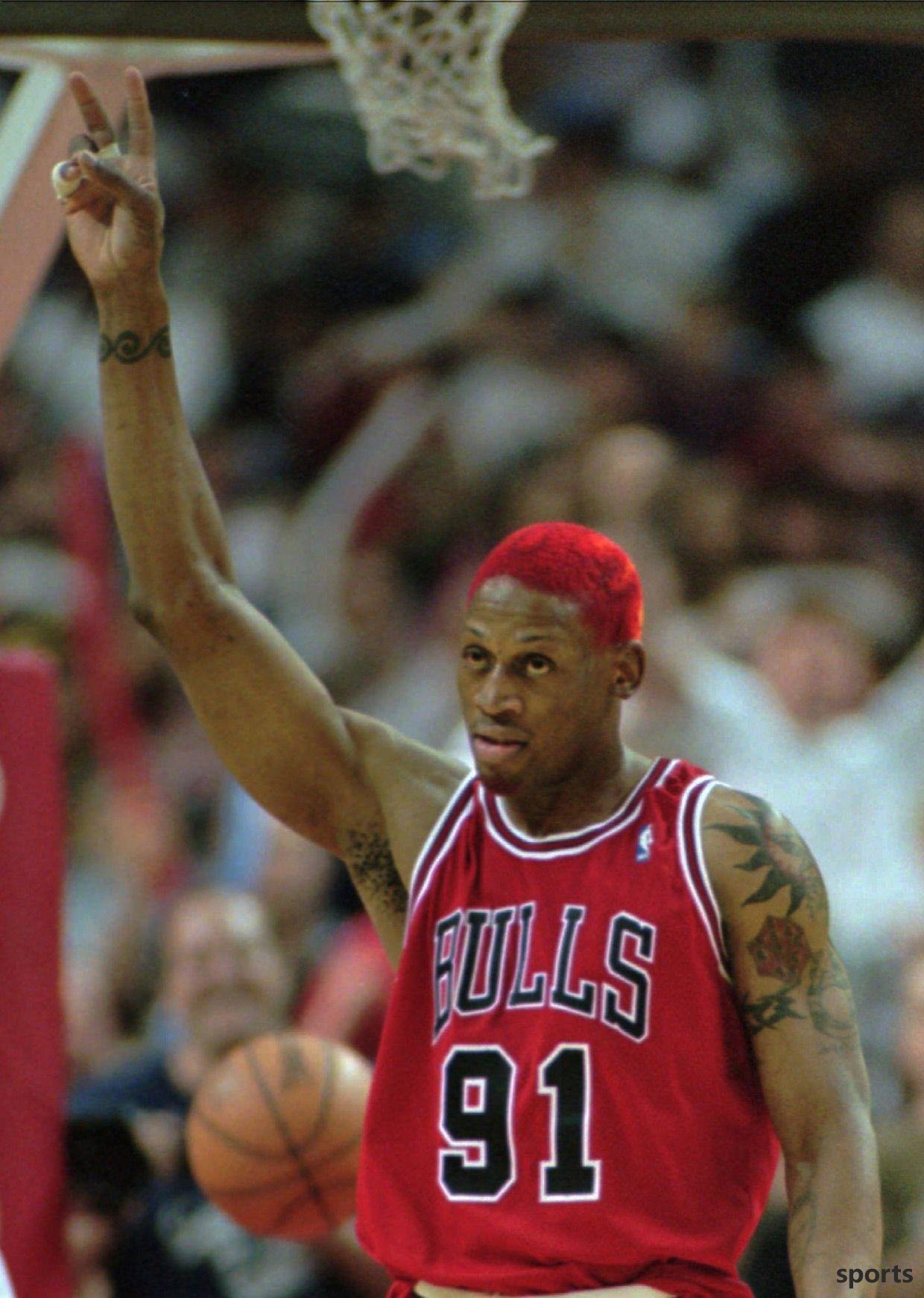
Related Posts
- US media ranked first 20 point guards in active service and divided into grades: Harden third gear, Curry Doncic second gear, one level and one person
- ESPN: Doncic received an early notice when the Lakers changed hands and congratulated him. James was not told & he did not speak out
- Another team with a salary of 200 million has appeared! The Suns are only ranked third, and the Rockets are about to wake up laughing
- Depressed with his head for 2 points in the last quarter! Brunson lost his soul without free throws when he was ridiculed. He lost his points when he appeared in a bad defense.
- Yang Hansen and Xialian dominated the top 16 picks with two data, 5.5 assists and 3.3 blocks every 36 minutes efficiently
- The situation of the Western Conference Final Battle is 4-1! The biggest failure in this game was revealed, Mr. Yuan 136 million in five years, and his performance is worrying!
- 2019 draft rearrangement: Morant defends the No. 1 pick, Zion falls to Tanhua, Poole becomes one of the biggest surprises
- The Trail Blazers beat the Warriors! Yang Hansen has obvious advantages in 10+4+5, Mobley made 0 of 9, and Lüper 23+9
- 33-year-old Gobert s recent photo has caused heated discussion: reveals his new hairstyle for haircuts, and appears shirtless to show off his abs and tips.
